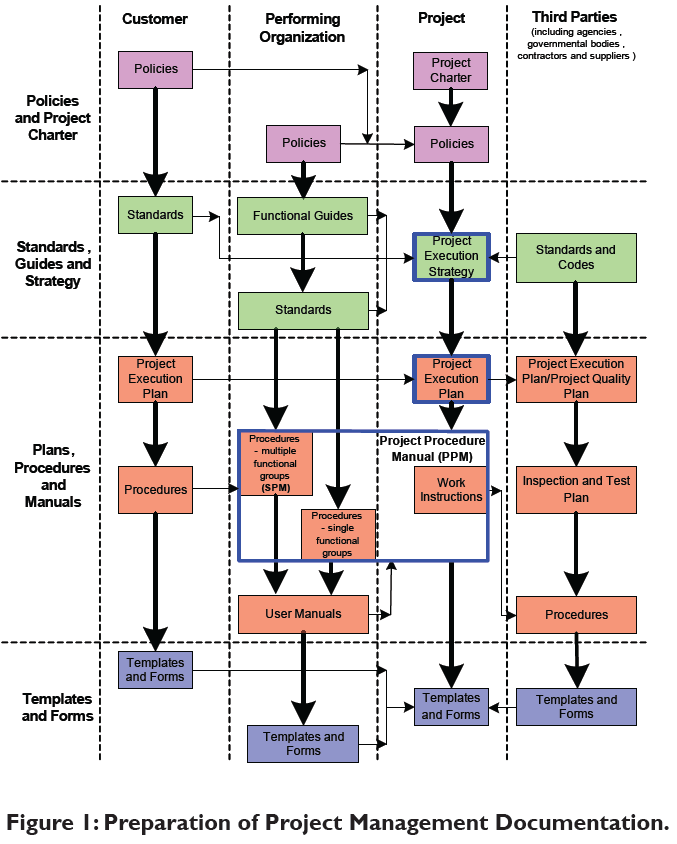Streamline Cooperation: The Power of Construction Document Management Equipment
Wiki Article
Optimizing Task Cooperation: Designer's Best Practices in Construction File Management
In the intricate realm of building tasks, the reliable administration of building files stands as a foundation for success. Designers, with their careful interest to detail and cutting-edge style solutions, are tasked with coordinating a harmony of stakeholders, timelines, and sources. Among this complexity lies a crucial concern: just how can architects improve cooperation processes to enhance job end results? By exploring essential approaches such as leveraging cloud-based platforms, establishing robust interaction methods, and guaranteeing data protection, architects can boost their document management methods to brand-new heights.Leveraging Cloud-Based Systems
By transitioning from traditional paper-based systems to shadow options, designers can improve cooperation, boost file ease of access, and enhance overall task performance. This accessibility advertises smooth communication and coordination among task stakeholders, leading to less errors and hold-ups in the building process.In addition, cloud-based platforms offer a secure setting for keeping sensitive task info, using file encryption, regular back-ups, and individual authorization settings to protect information stability. Designers can also take advantage of the scalability of cloud remedies, allowing them to readjust storage capability and capability based on job needs. Overall, leveraging cloud-based platforms encourages architects to enhance their building and construction file administration procedures, driving greater partnership, performance, and success in their projects.
Carrying Out Variation Control Systems
Having developed the advantages of cloud-based platforms in building paper monitoring, designers can currently boost their document control processes by carrying out Variation Control Systems. Version Control Equipment (VCS) are important devices that track adjustments in documents, guaranteeing that group members are always collaborating with the current and most accurate info. By implementing VCS, architects can keep a centralized repository where all project files are stored, allowing seamless collaboration while reducing the risk of errors and version conflicts.One key advantage of Variation Control Equipment is the capacity to track the full history of file modifications, allowing users to revert to previous variations if required (construction document management). This function is especially important in construction projects where layout models and alterations prevail. In addition, VCS assists in much better communication among staff member by supplying a clear audit trail of that made certain modifications and when they were made. This openness not only improves accountability yet likewise helps in dealing with disagreements or disparities that might develop throughout the job lifecycle.
Developing Communication Methods
To guarantee reliable and efficient task control, engineers must develop clear and durable communication procedures within their building and construction file monitoring processes. Communication methods specify the methods, frequency, and networks through which staff member exchange details, updates, and feedback. One necessary aspect of establishing these procedures is determining a centralized interaction platform where all project-related conversations and file sharing can happen. This platform can visit be a project monitoring software, e-mail threads, or cloud-based storage space solutions. By setting standards on just how info is disseminated and exactly why not look here how staff member connect with each other, designers can simplify the flow of information and prevent miscommunications or hold-ups in the building and construction process.In addition, interaction procedures must additionally include standards on how to deal with conflicts, change orders, and urgent concerns that might emerge throughout the job lifecycle. Establishing a structured approach to communication ensures that all stakeholders are on the very same web page, promotes transparency, and eventually contributes to the successful completion of the construction job.
Utilizing BIM Software for Coordination
BIM software program plays a crucial duty in improving coordination amongst job employee in the building and construction market. Building Information Modeling (BIM) helps with collaboration by giving a centralized platform where architects, designers, specialists, and other stakeholders can function together in a coordinated fashion. With BIM software application, task individuals can access and update a shared version that consists of comprehensive details concerning the building layout, building parts, and project timetables.
Additionally, BIM software program makes it possible for real-time partnership and interaction amongst team participants, despite their physical location. With cloud-based BIM platforms, task stakeholders can access the most up to date project details, track modifications, and make informed choices quickly. On the whole, leveraging BIM software application for coordination improves project effectiveness, productivity, and inevitably results in effective find more project end results.
Ensuring Data Safety And Security and Compliance
In the world of building paper monitoring, safeguarding data integrity and guaranteeing regulative conformity are vital factors to consider for engineers and various other task stakeholders. Architects must execute robust safety procedures to shield delicate task details from unapproved access or breaches.
Conclusion
In verdict, designers can maximize job cooperation in construction record management by leveraging cloud-based systems, implementing version control systems, developing communication procedures, making use of BIM software application for control, and ensuring data protection and compliance. These finest techniques help simplify the building procedure, improve communication amongst task stakeholders, and enhance effectiveness in task distribution. By following these standards, engineers can effectively handle building and construction documents and help with effective project outcomes.With BIM software program, task participants can access and update a shared design that consists of thorough information about the building style, building elements, and job timetables.
Via cloud-based BIM systems, project stakeholders can access the latest project information, track changes, and make informed decisions promptly - construction document management. Overall, leveraging BIM software for coordination enhances project performance, performance, and inevitably leads to effective job results
In final thought, architects can optimize project cooperation in building and construction record monitoring by leveraging cloud-based systems, carrying out version control systems, establishing interaction methods, making use of BIM software application for sychronisation, and guaranteeing data security and conformity. These ideal methods help streamline the building and construction procedure, enhance communication among project stakeholders, and boost performance in job shipment.
Report this wiki page